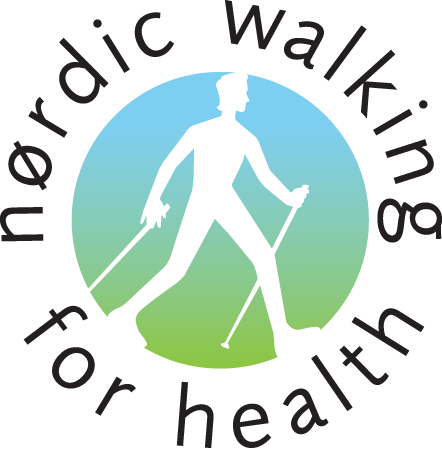What is Nordic Walking?
Due to its origins, Nordic walking is a bit like cross-country skiing without the skis. It is a new way of walking that can improve health, well-being and quality of life. As merely an enhanced form of natural walking, Nordic walking is suitable for all abilities and ages of people, who can walk swinging their arms. By exercising the upper and lower parts of the body simultaneously, it can:
- improve and maintain your general health and fitness
- enable you to keep fit at the level you want or need – from social walker to performance sportsperson
- provide you with a new and different outdoors leisure activity
- achieve specific health, fitness, social and emotional benefits.
What do we now know about moderate physical activity such as brisk walking ?
Strong evidence is now available of the benefit as well as the cost-effectiveness of brisk walking-based exercise for the whole population as well as for people affected by particular conditions, including cancer, heart disease, high blood pressure, being overweight, diabetes, mild to moderate mental health needs and more. The 2013 groundbreaking national research report, whose findings are supported by the UK government, states that:
“For cancer patients, [such] physical activity is beneficial at all stages, as it:
- improves or prevents the decline of physical function without increasing fatigue
- helps recover physical function after treatment
- reduces the risk of recurrence and of developing other long-term conditions
- helps maintain independence and wellbeing.”*
and: “Cancer survivors can reduce their risk of cancer-specific death and recurrence by up to 50% by staying active.”*.
Moreover, as well as reducing the risk of developing such serious conditions, physical activity like brisk walking can help in treating and managing these conditions, because:
- “regular physical activity improves control of blood sugar in patients with type 2 diabetes, even in the absence of weight loss, and can also improve overall fitness. Diabetes UK advises that keeping active will help manage diabetes
- physical activity plays an important role in cardiac rehabilitation and can help people with peripheral vascular disease walk further before the onset of leg pain. It is also beneficial in rehabilitation programmes for stroke and chronic obstructive pulmonary disease patients
- evidence shows that physical activity can help prevent the bone loss associated with ageing across the lifespan of individuals
- physical activity can counter the effect of rheumatoid cachexia in rheumatoid arthritis patients, two thirds of whom have significant muscle wasting and increased obesity
- physical activity can be as effective as antidepressants or psychotherapy in treating mild or moderate depression, particularly in the longer term. The charity Mind recommends that ‘ecotherapy’ — outdoor physical activity — should be recognised as a clinically valid treatment for mental distress.”*
With effective technique, Nordic walking adds exercise value to every step by combining aerobic with resistance exercise in one, i.e. ontop of counting every step, you can make every step count for more !
The History of Nordic Walking
First developed in Finland during the 1930s for cross-country skiers to keep fit in the summer, Nordic walking evolved into more of a recreational activity in the early 1980s. The first official Nordic walking poles were launched in 1997 by Exel plc. Nordic walking is apparently one of the fastest growing recreational fitness activities across the world with participants in nearly 40 countries. The International Nordic Walking Association (INWA) estimated that, globally, there were about 7 million people Nordic walking at least once a week in 2006.** The latest data indicate that the figure is now more than 10 million***.
By the end of 2007, Nordic Walking UK (NWUK), a national organisation, claimed to have trained over 450 INWA-certified Nordic walking instructors in the UK. Furthermore, NWUK claimed these instructors had taught an estimated 35,000 people to Nordic walk (up from 15,000 in 2006 and 3 to 4000 in 2005).** In 2012, NWUK reported 2,000 instructors, 70,000 people taught to Nordic walk in 2011 and over 200,000 people now regularly Nordic walking in the UK****. Its latest figures indicate that over 2,500 instructors have now been trained by NWUK alone*****.
Other national organisations also exist, e.g. British Nordic Walking, which is now the approved training agency for the INWA certification. Nordic Walking UK’s courses are recognised by the YMCA via its central qualification (CYQ).
*Walking for Health (October 2013): Walking Works Ramblers & Macmillan Cancer Support
**The REPs Journal pp19-21 Issue 12 May 2008
***www.britishnordicwalking.org.uk
****You & Yours, BBC Radio 4, 2 January 2012
*****www.nordicwalking.co.uk
